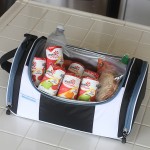The Ultimate Guide To Creating An Emergency Binder For Your Family
This post has been sponsored by Responsival.com.
Life’s full of surprises. Ever thought about what you’d do in an emergency? Yeah, it’s not fun to think about. But it’s important. That’s why we’re here to talk about making an Emergency Binder for your family. Think of it as your go-to guide for “uh-oh” moments. It’s got all your must-know info and important papers. All in one place. Easy to find. Super helpful when you’re stressed.
Ready to get started? Follow these steps to make sure you have all of your ducks in a row in case of an emergency
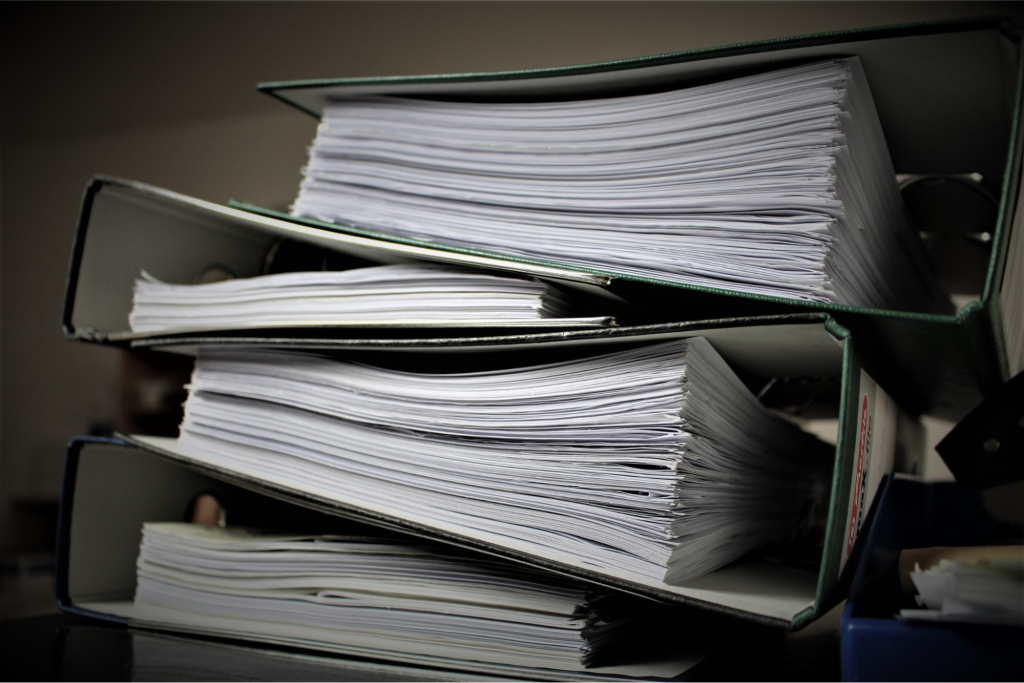
Life has a tendency to be pretty unpredictable. Emergencies are, of course, bound to happen from time to time. While no one likes to think of the possibility of your family going through a serious emergency, you have to approach emergency situations realistically—especially if you have children.
You never know when an emergency will happen, but you can make sure that you and your family are prepared for anything. One way to prepare for an emergency is to compile an emergency binder.
An emergency binder is intended to keep all of your important documents organized in one place so that anyone in any emergency situation can handle whatever is needed. Whether that’s a medical emergency, a financial emergency, or even a death in the family, all of the information will be in one place.
Let’s talk about how to create your own emergency binder.
Gather Your Important Documents
Make a list of everything you need to include in your emergency binder and start making copies of your documents
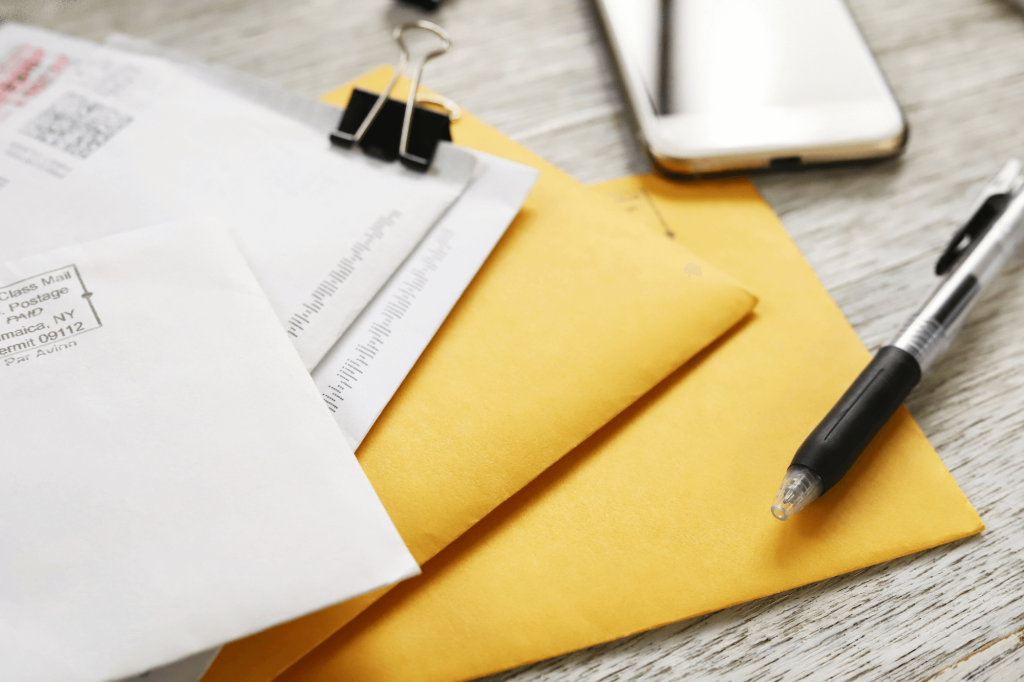
The first step in creating an emergency binder for your family is to gather the important documents and information needed in your binder. This will be the most time-consuming part of the whole process, but it is also the most important part of it.
Your binder will include a lot of information, so the best way to approach this is to first make a list of everything you need, and then you can make copies of all of your documents and information to include in your binder. Let’s talk about some of the things you should include in your binder.
Personal Information
Your emergency binder should have the most important personal information that may be needed in an emergency for each family member. Think of it like creating a profile filled with all the essentials for each family member. Here’s what you should include:
- All relevant contact information, including phone numbers and emails, for all family members to which this applies.
- A copy of driver’s licenses, social security cards, birth certificates, and passports.
- A copy of your children’s birth certificates, social security cards, and up-to-date immunization records.
- Any other important documents or records that might be needed in case of an emergency.
Emergency Contact Information
This section is where you should include any necessary emergency contact information for additional caretakers of your children, any professional services you use, or anyone else who may need to be contacted in case of an emergency. Consider including the following:
- Phone numbers and addresses of any important outside family members or friends.
- Contact information for your children’s schools or daycare facilities.
- Information for your family’s doctors.
- Contact information for important work connections or associates.
- Servicer information for your utilities.
Financial Information
If anything were to happen to you or your spouse, the next primary caregiver might need access to your financial accounts. So, it’s best to organize all of the relevant financial information for your financial institutions and how to access everything. Here’s what you should include in your emergency binder:
- Account numbers for all of your bank accounts.
- Usernames, passwords, and any other account information that may be needed to access your financial accounts.
- Information about any of your outstanding debts.
- Stock and bond information.
- Retirement or investment account information.
- Income tax records for at least the last 5 years.
Medical Information
In case of a medical emergency, the last thing you want to do is search your house for your important medical information. Here’s what you may want to include in this section:
- An outline of each family member’s medical history if anyone has any previous or ongoing medical issues.
- Copies of your insurance cards and any important health insurance information that may be needed to use or access your benefits.
- Immunization records.
- A list of current medications taken by anyone in your family.
- Your medical power of attorney information.
- Any advanced care directives.
Life Insurance Information
A life insurance policy is a crucial piece of any emergency plan. Now, if you or your spouse have one, you will want to include all of the necessary information to help the surviving partner access that investment. Here’s the information to include:
- A copy of any active insurance policies.
- Important contact information for your life insurance provider.
- Any login information needed to access your accounts through your provider.
If you don’t yet have a life insurance policy, now might be a good time to consider it while emergency planning. Nowadays, you can find affordable life insurance policies online and can get coverage almost immediately. Some companies even offer a type of instant life insurance policy that doesn’t require a medical exam. This way, you can rest assured that all of your ducks are in a row.
Legal Documents
To make sure you are prepared for any type of emergency, you’ll want to include a few different legal documents that will help you. Here’s a list of documents you should consider gathering in your emergency binder:
- All of your property deeds.
- Titles for all of your vehicles.
- Power of attorney information for those who have it.
- A copy of your will and information on where the original will is or how to access it.
- Contact information for your attorneys.
Organize Your Binder Effectively
Make sure that your binder is organized so anyone can find information quickly and easily
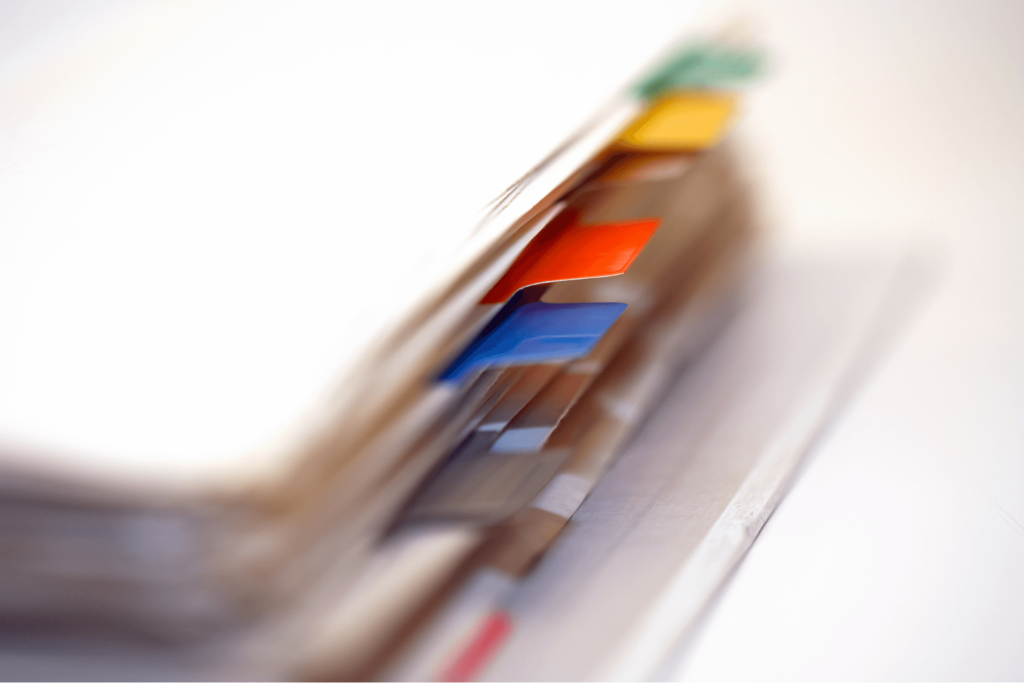
The main reason why you want to have an emergency binder is so that if anything happens to you or your partner, someone can easily find all of the important information they need in one place. Since your emergency binder has a LOT of information, you need to do your best to keep everything organized.
Keep like documents with other like documents and organize everything in specific sections. To make your binder more skimmable, include page dividers at the beginning of each section or note the beginning of a new section with a sticky note. It may be helpful, too, to create a table of contents to include at the beginning so everything is easily accessible. As you start to compile your information, remember to keep organization at the top of your mind.
Store Your Binder In A Safe Place
Find a safe place to store your binder in your home and only tell those you trust where it’s located
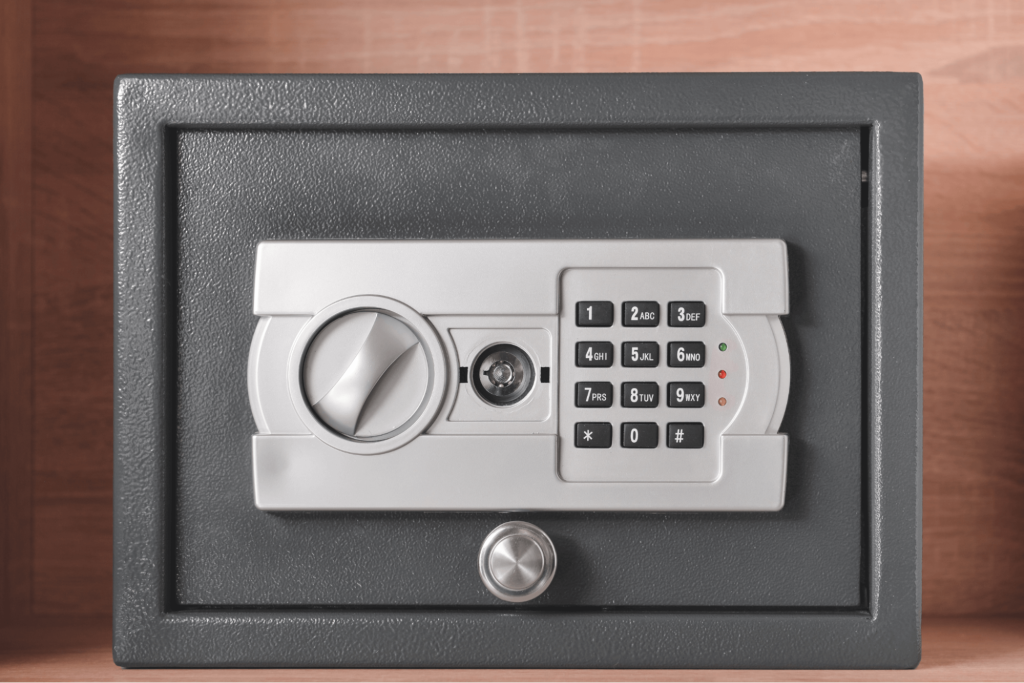
Once you’ve got all of your information organized, you should think about where you are going to store it. Because a lot of the information is something you want to keep private, this binder needs a safe home.
Consider keeping your emergency binder in a fireproof safe or another trusted location in your home where you can be sure no one will find it. Let a trusted person know where you keep it in case they need to access it.
Make Extra Copies
Make a backup copy and revised copies to share with important people in your circle

Your main copy should include ALL of the important information discussed earlier. First and foremost, you will want to create a second copy of this binder just in case. You may choose to create another physical copy, or you may want to keep a copy of all of your files on a flash drive.
You can also make other copies of your emergency binder to give to any of your children’s caretakers or trusted family members. Just remove any information that may not be completely necessary for other people to have, like photocopies of your social security cards or confidential banking information. Edit it down to your needs and give a copy to those you trust.
Update Your Binder Regularly
Make sure all the information in your emergency binder is up to date

The information you include in your emergency binder is bound to change from time to time. Of course, you will want to keep your information as up-to-date as possible without taking up too much of your time.
It’s a good idea to sit down either once or twice a year to review your binder and make any necessary updates. Devote a day each year to sit down with your family to make these changes. This way, you will rest assured knowing that all of your bases are covered.
While you can’t predict when an emergency will happen, you and your family can be as prepared as possible to handle any type of emergency. With an emergency binder, you can rest assured that you and your family have everything you need in one place to face any emergency life throws at you.



